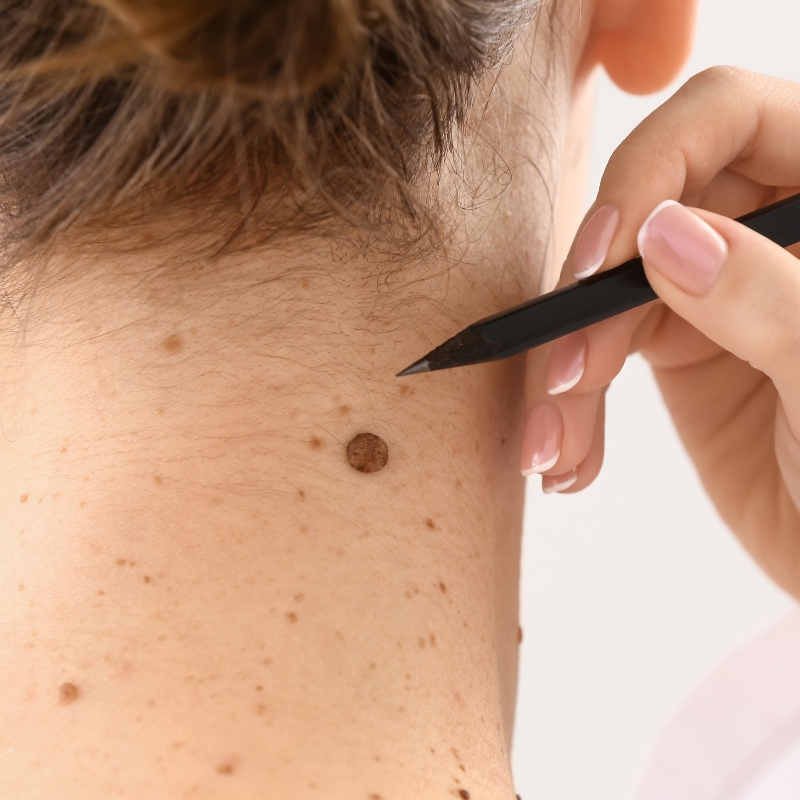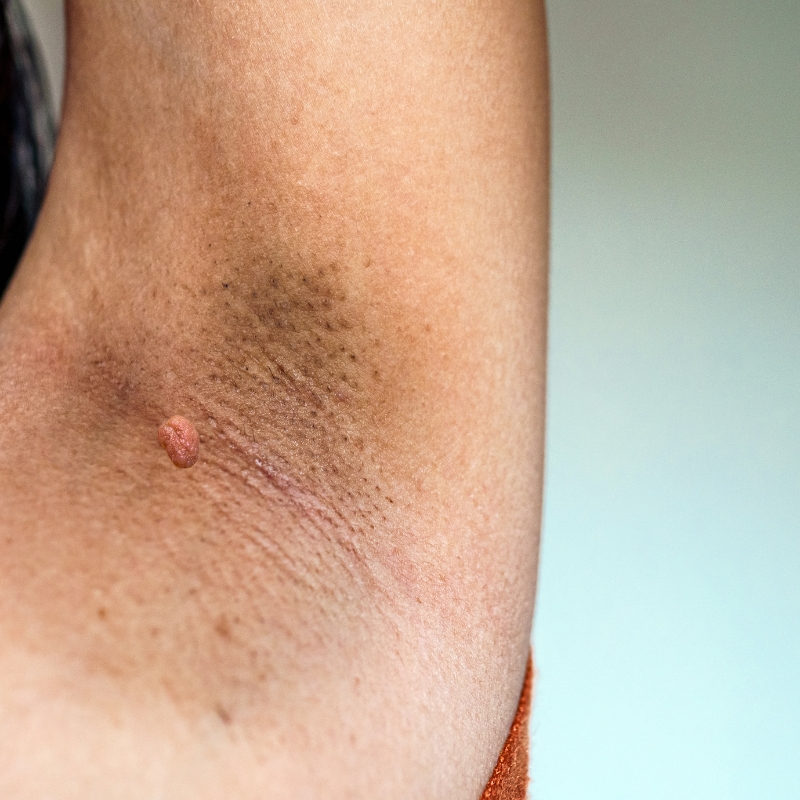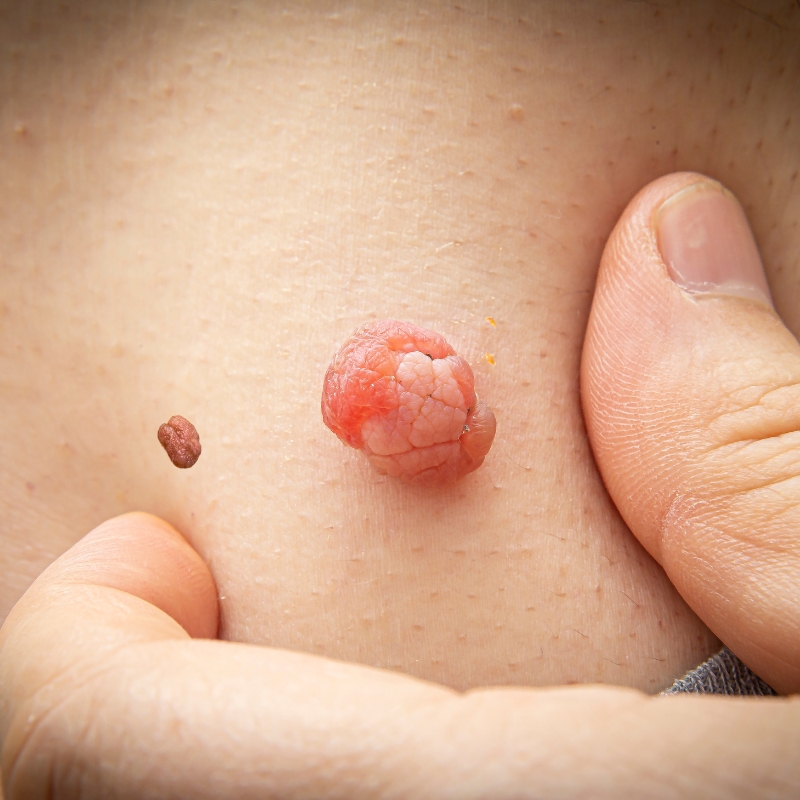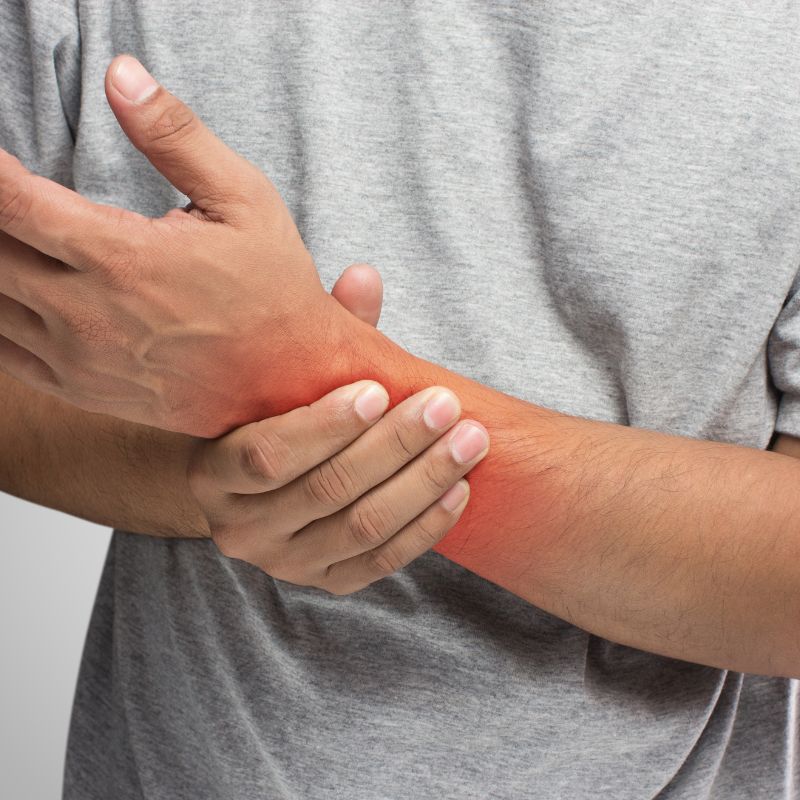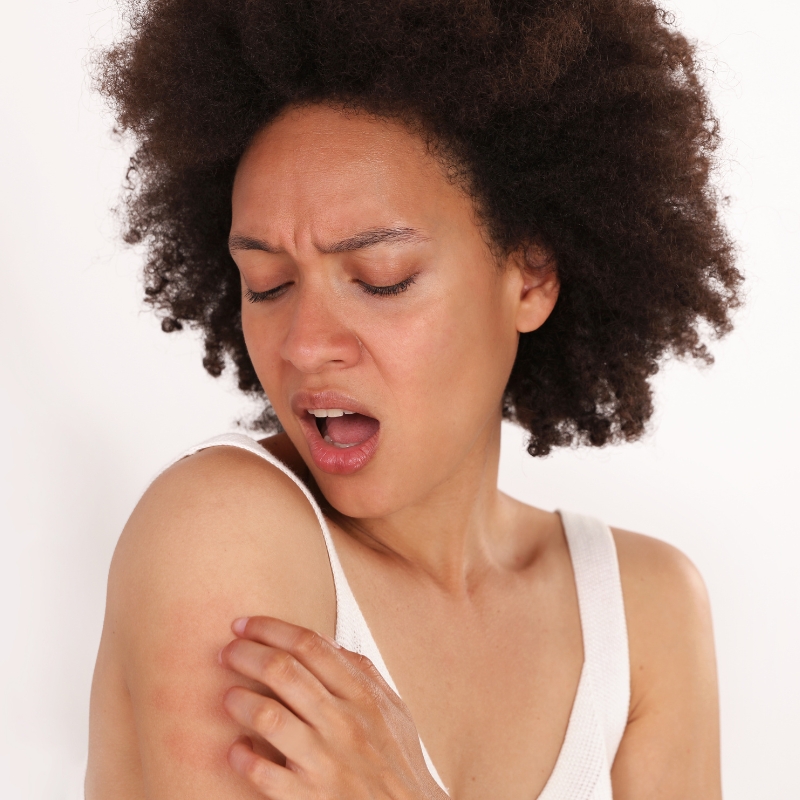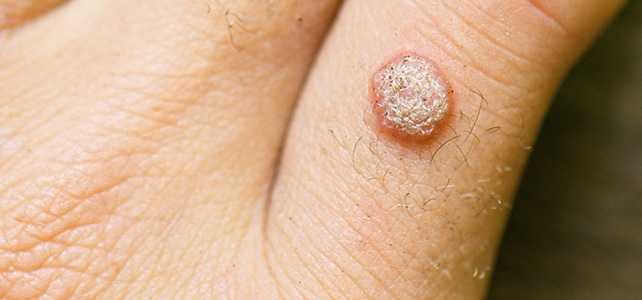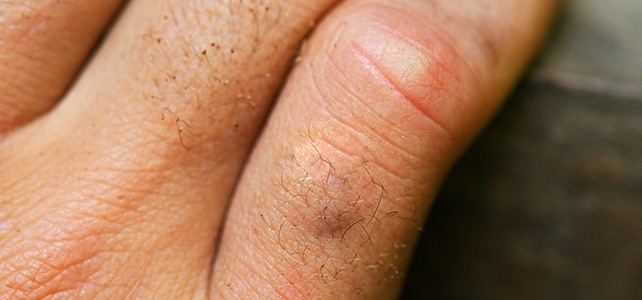Why Choose Oliva Clinic
115+ High Qualified Dermatologists
700000+ Happy Clients
Advanced US-FDA Approved Equipment
91% client satisfaction rate
Safe & Effective Treatments
Clinics with state-of-the-art facilities
Pre & Post Care Support
What Are Skin Tags?
Skin tags are benign, soft, skin-coloured non-cancerous growths that usually hang with a peduncle or stalk.
What Are The Symptoms Of Skin Tags?
Most of the time, skin tags are asymptomatic. However, constant rubbing with clothes or jewellery may cause:
What Are The Causes Of Skin Tags?
Skin tags occur due to excess cellular growth in the superficial skin layers. Skin tags tend to occur in skin folds due to friction. The causes of skin tags may be diverse and may include the following:
- Hereditary factor
- Obesity
- Insulin resistance
- Metabolic syndrome
- Pregnancy
- Hormonal imbalance
- Skin ageing
They barely grow due to rare syndromes.
How To Diagnose Skin Tags?
Dermatologists diagnose skin tags after physical examination. Due to the distinct characteristics of skin tags, experienced medical experts can distinguish them from other skin growths like moles and warts. Skin tags are skin-coloured or dark brown pedunculated growths ranging in size from 2 to 5 mm.
Skin Tag Removal Procedure At Oliva
Skin Tag Removal Procedure At Oliva
If you enrol for skin tag removal at Oliva Skin & Hair Clinic, here is the standard procedure you may expect:
Pre-care:

- One-on-one consultation where our dermatologists will examine the size and location of the skin tag and assess the underlying cause.
- Then, they customise the suitable modality.
- You will receive a set of pre-care instructions.
During the procedure:
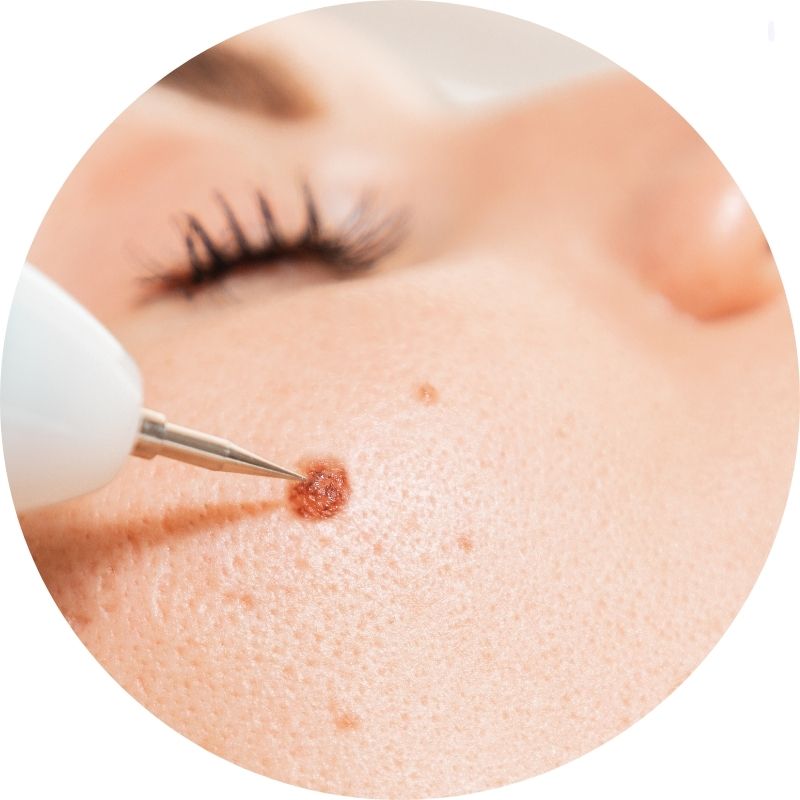
- They will first apply topical or local anaesthesia for 30-60 minutes.
- Based on the modalities, they will use radiofrequency energy to heat the tissue using alternating electric currents.
- Alternatively, they may perform electrocautery by applying direct current to the target tissue through a tiny thin probe to eliminate the skin tag by burning it.
- The skin tag sheds naturally within a week after the procedure.
Post-procedure:

You will receive a set of post-care instructions for the best results.
Pre care Instructions
Leading dermatologists at Oliva take adequate precautions to ensure you achieve the best results by sharing detailed pre-care instructions that include the following:
- Avoid using creams containing active ingredients like alpha and beta hydroxy acids and retinoids, three to four days before the session in the target area
- Stop trying home remedies at least 3 days before the treatment.
- Skip using the scrub 3 days before the session.
- Stay away from salon services for a week before your skin tag removal treatment.
- Follow a regular skin-care regimen using a mild cleanser, non-comedogenic moisturiser and broad-spectrum sunscreen suitable for your skin type to maintain healthy skin.
What Are The Post-care Instructions?
Experienced dermatologists at Oliva provide post-care guidance to minimise the side effects of the skin tag removal treatment:
- Avoid picking the treated area.
- Use topical antibiotics for the prescribed duration.
- Apply sunscreen without fail to prevent sun damage.
- As per your dermatologist’s advice, complete your follow-up session to achieve the best results.
How To Get Started?
Before & After Results
A leading team of over 100+ dermatologists power advanced evidence-backed skin and hair treatments at Oliva.
*Images are from real clients, and results can be subjective
FAQs
A leading team of over 100+ dermatologists power advanced evidence-backed skin and hair treatments at Oliva.
The cost of skin tag removal treatment at Oliva is different for every person. It depends on factors like the underlying cause, its severity, the number of skin tags to be removed, and the treatment method. Click here to know the exact cost of your Skin Tag Removal Treatment.
Skin tags commonly occur due to insulin resistance, diabetes, and obesity. Avoiding weight gain by following a healthy lifestyle can reduce skin folds and friction to help prevent skin tags.
Skin tags are common in middle-aged men and women.
Warts, certain moles, neurofibromas and seborrheic keratoses are other skin conditions that resemble acrochordons.
Skin tag removal at Oliva is a virtually painless treatment, as our dermatologists use topical or local anaesthesia to ensure your comfort during the procedure.
Chances of the recurrence of skin tags are minimal if one maintains a healthy lifestyle and avoids weight gain. However, skin tags may recur if there is any hereditary tendency.
Home remedies and OTC creams do not have proven safety and efficacy to eliminate skin tags and may cause contact dermatitis, burns and irritation. Self-removal of skin tags or treatment by untrained professionals may cause infection and further complications.
Anyone above 18 having skin tags can opt for safe and effective removal procedures at Oliva. However, our dermatologists advise pregnant and early lactating mothers against opting for it. Radiofrequency treatment is contraindicated for those with pacemakers or metal implants near the target area. In such cases, our medical experts may suggest electrocautery as a suitable treatment option. Skin tag removal treatment is avoidable if there are active skin infections in the area to be treated.

